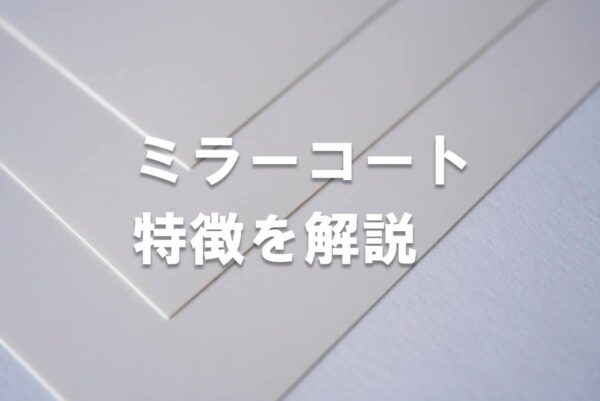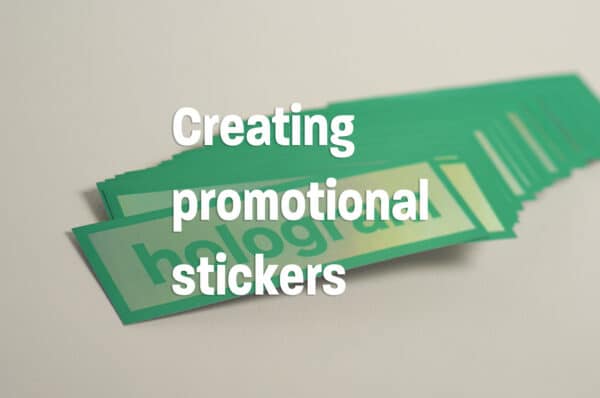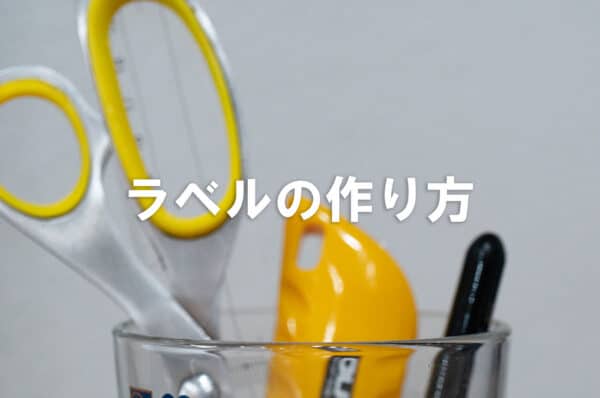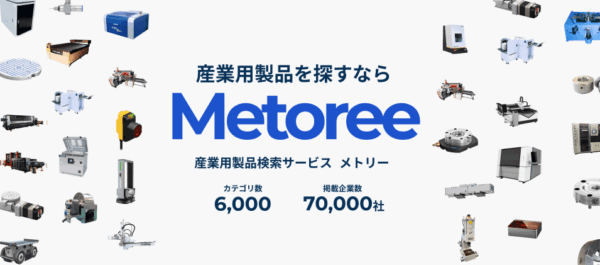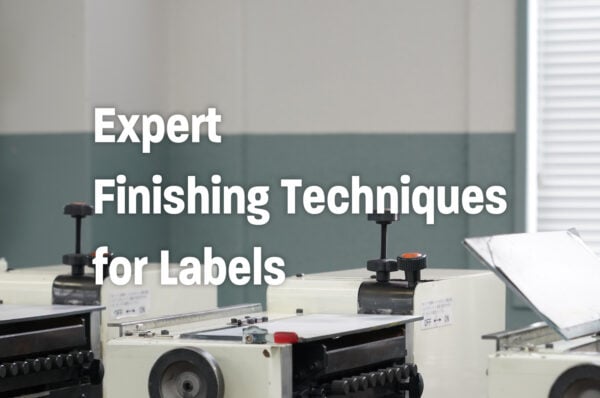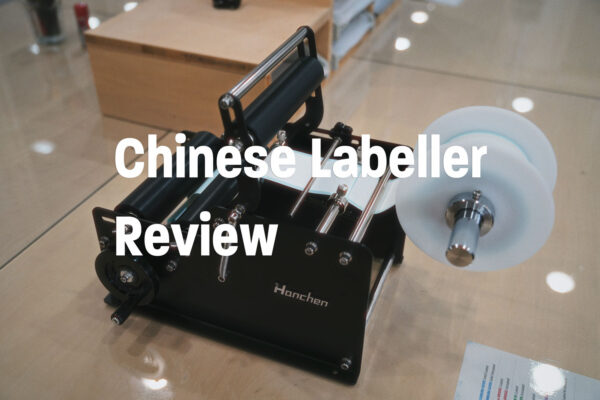Chinese Labeler Review: What Were the Results?
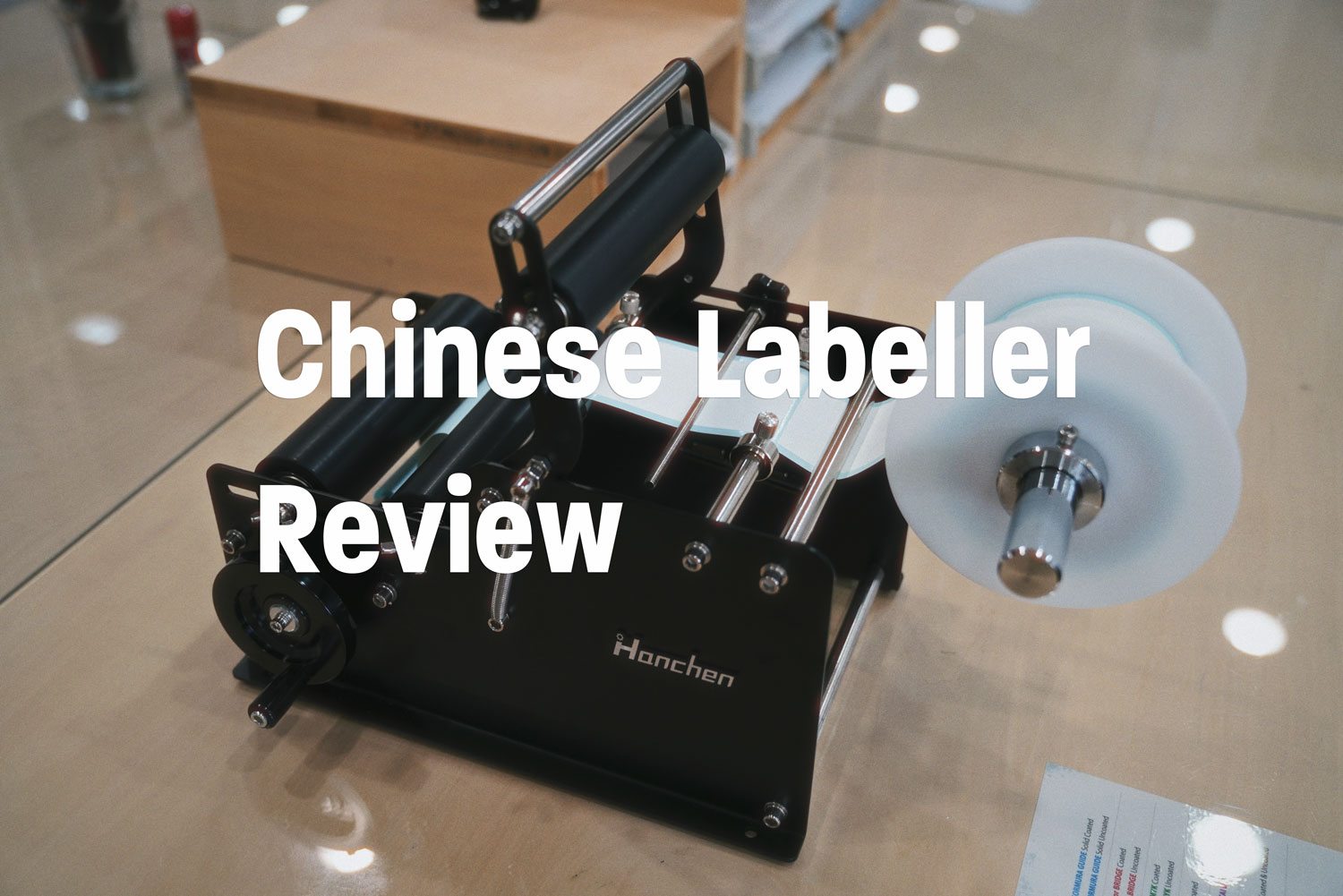
Chinese Labeler Review:
Labeling bottles by hand can be challenging, and many customers struggle with accuracy and efficiency. We often receive inquiries like "Do you handle labelers?" However, the reality is that specialized labeling machines are quite expensive, and the cost of implementation can be a significant barrier.
So, we decided to test a manual Chinese bottle labeler, which is easily available on Amazon, to see how well it performs in this Chinese labeler review.
In this article, we'll walk you through the unboxing, assembly, and actual labeling process. We hope this Chinese labeler review will serve as a helpful reference for those considering implementing such a solution.
For those struggling with label and sticker printing
Wondering if this kind of printing is possible? Or how much budget is needed?
If you have any concerns, feel free to reach out to us.
First, check out our case studies.
※Orders are available starting from 1,000 pieces.
※Business hours: Japan Standard Time, Monday to Friday, 9:00 AM - 5:00 PM
What is a manual labeler?
A manual labeler is a simple machine used for manually applying labels to cylindrical containers such as bottles and jars. It does not require electricity and helps align the labels straight while you manually rotate the roller.
The machine features a spool for setting the labels and a guide for securing the bottle in place, allowing you to apply labels at a consistent position. It's ideal for small-scale production environments where reducing label misalignment or improving efficiency is important, and also for those who are concerned about the precision of hand-applied labels.
The Price Range of Chinese Labelers(in Japan)
Manual: ¥30,000~ (approx. $200)
Automatic: ¥100,000~ (approx. $670)
There are manual and automatic types available. While both require you to manually set the bottles, the difference in how the labels are dispensed affects the efficiency of the work and the price.
The manual type operates by having you manually control the label dispensing and application process, with a price of around ¥30,000 (approx. $200). It has a simple structure, making it easy to set up, and is suitable for first-time labeler users or for small-batch use.
On the other hand, the automatic type is equipped with sensors and motors, allowing it to automatically dispense and apply labels once the bottle is set in place. It offers more stable operation compared to the manual type, and the price typically starts around ¥100,000 (approx. $670).
The choice between the two depends on the amount of work and the required level of precision. If you want to reduce effort or process a larger number of bottles, the automatic type might be the more practical option.
I bought a manual Chinese labeler on Amazon.
I have previous experience using a Japanese-made manual labeler. At that time, I had no issues with its performance. The stable operation and careful craftsmanship left a strong impression. From the bottle positioning to the ease of peeling off the labels, every detail was designed with the user's convenience in mind, making it a product I could confidently recommend to customers.
However, the price is still relatively high. That's why, this time, I decided to try a Chinese-made labeler, which offers an attractive price point.
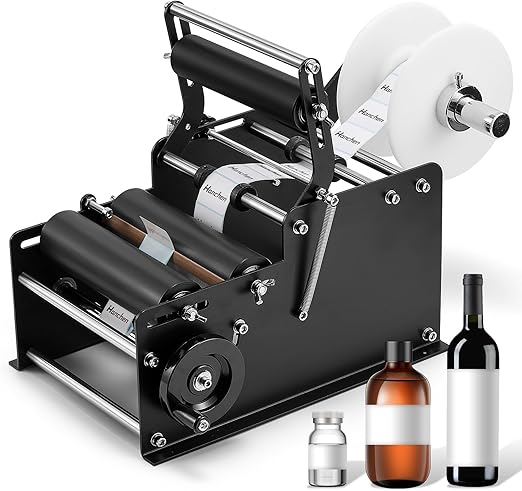
Here’s the product I chose this time. It costs ¥43,000 on Amazon and comes from a Chinese company called Hanchen.
The product has the following features:
[Labeling]
Recommended for applying stickers to PET bottles, plastic bottles, glass bottles, metal bottles, etc. It works well with both opaque and transparent labels. It ensures a smooth, wrinkle-free, and bubble-free application, sticking cleanly and evenly.
[Wide Application]
Suitable for bottles ranging from 15 to 120mm in diameter, and used in industries such as food and beverage, pharmaceuticals, daily necessities, and chemicals. It improves both efficiency and quality, similar to a production factory. It can accommodate label rolls with a minimum inner diameter of 75mm and a maximum outer diameter of 180mm.
[High Quality]
The stainless steel body and thick swing arm provide durability and wear resistance, and will not deform. This product has a long lifespan and can be a great assistant for your work.
[Easy to Operate]
Depending on skill level, you can apply 15-25 labels per minute by simply turning the handle. The added pressure lever securely fixes the bottle, and the label fixture prevents labels from bouncing. This improves work efficiency and helps anyone apply labels accurately and easily.
[Compact]
The design is simple and sturdy, with a desktop size that suits both small and large bottles. Its small size makes it easy to store in a cupboard.
Here is the Amazon page
Here is the video on how to use it
I tried using it myself.
I purchased it with Prime, and it arrived right away. I’ll try using it right now.
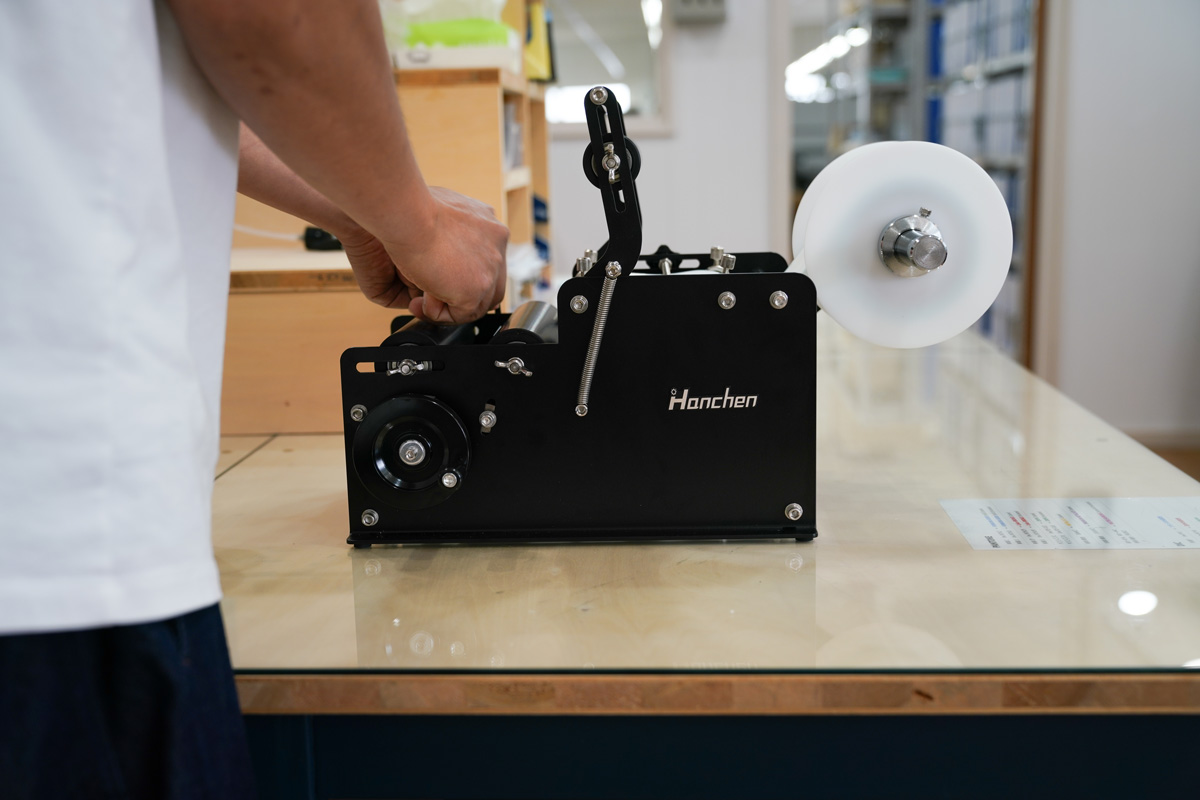
The body is matte black, and the design has a sturdy, rugged look, which is quite appealing. However, a few things caught my attention: some parts looked a bit used, with rust on the shaft and some burrs present. The rollers also had scratches and something attached to them, so it didn’t feel brand new. Additionally, despite its simple design, you need about three different sizes of hex wrenches for assembly, and I thought it could have used just one size. That said, I expected these issues, so they weren’t a major concern. After all, it’s really affordable! As long as it works, I’m happy.
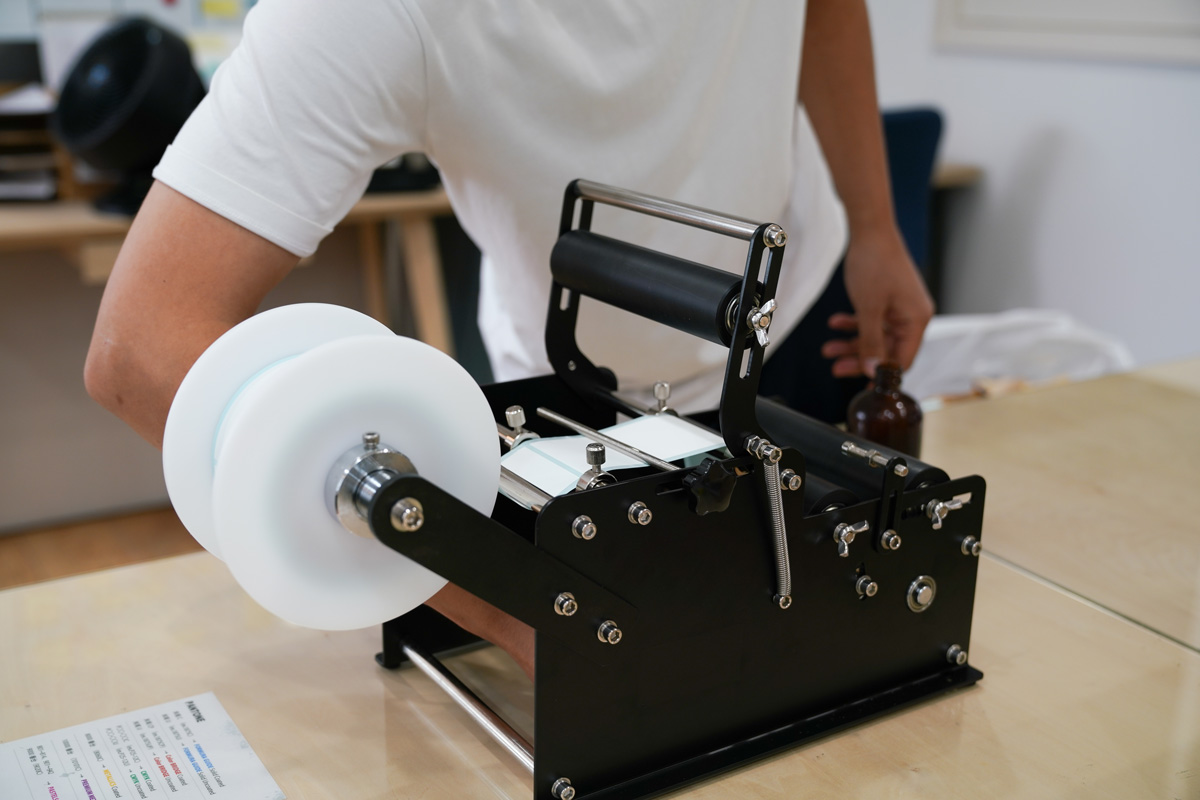
The setup is straightforward and easy due to its simple design.

I set it up while thinking there might be a slight issue with its precision, and then I gave it a try.
Alright, let's see how well this Chinese-made labeler performs!
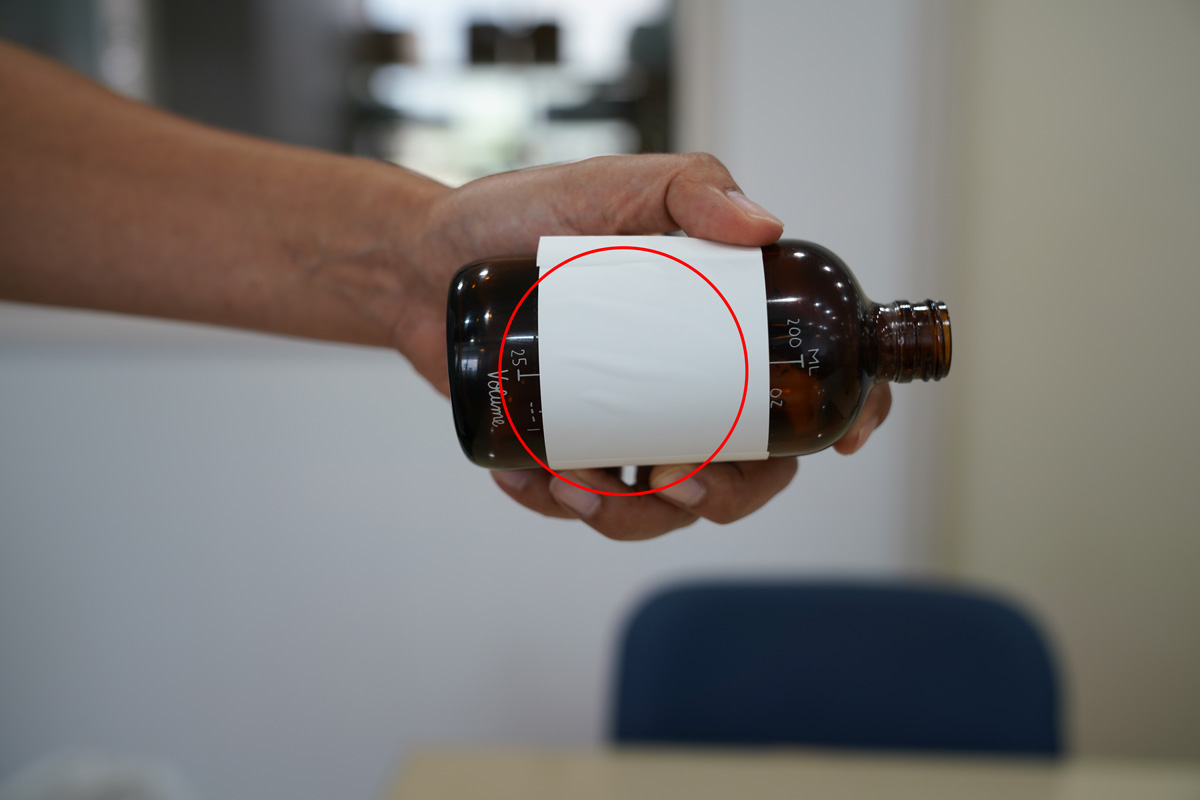
The edges of the label keep folding!
No matter how many times I try, the edges of the label get slightly caught and are pressed down with the roller, staying folded.
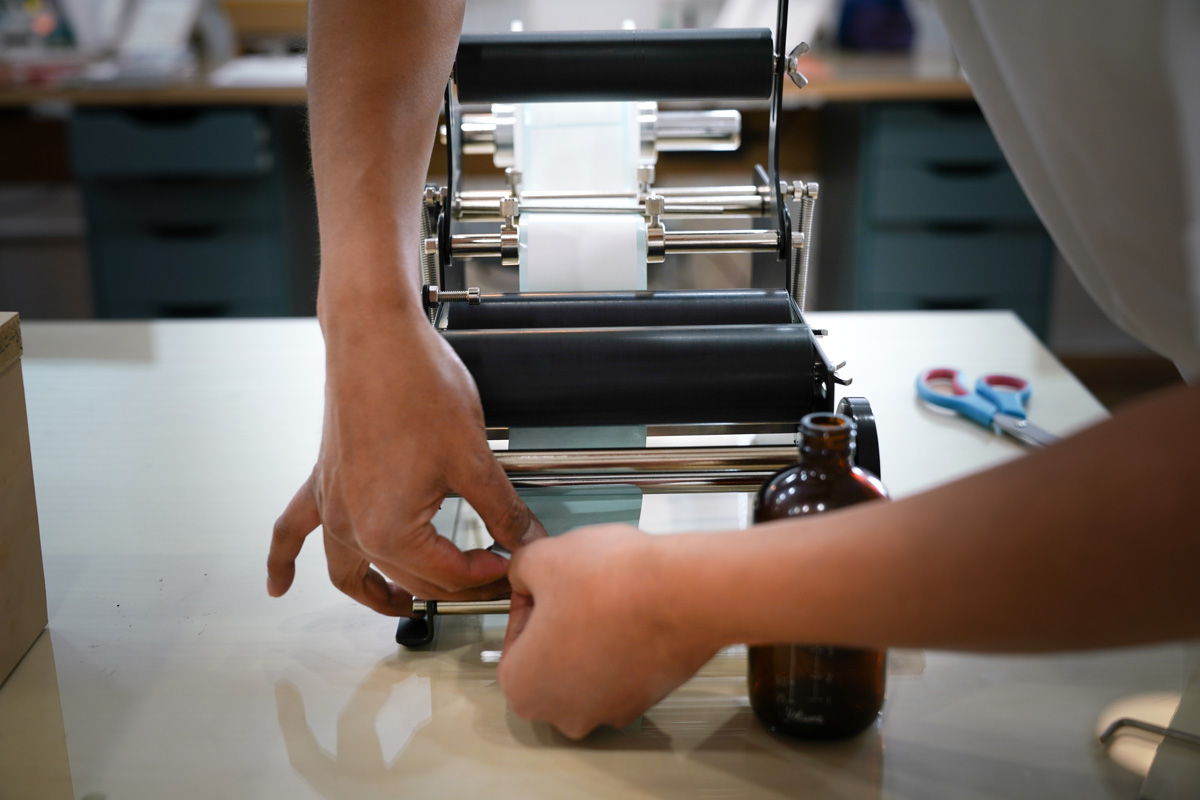
Ugh... "What’s wrong?" Our technical staff scratched their heads in frustration. After a lot of trial and error, we finally figured out the issue. The problem was the position of the metal plate called the "blade," which is responsible for peeling the label off the backing paper. If this is even slightly misaligned, the label won’t peel off properly or gets stuck halfway.
After multiple fine adjustments, we were finally able to apply the labels neatly.
However, it took about an hour and a half from unboxing to complete setup, even for our experienced staff. Honestly, for someone who’s not familiar with it, this process can be quite challenging.
When I asked the staff who finished the setup, "How many points out of 10 would you give it?" they immediately replied, "3 points."
It seems that the time-consuming adjustments were the biggest drawback.
Chinese labeler review (No sugarcoating)
Cost: ★★★★★
Quality: ★★☆☆☆
Ease of Use: ★★☆☆☆
After actually using it, I could clearly feel the difference in quality and usability when compared to Japanese-made products. The precision of the metal parts, the smoothness of the operation, and the stability of the guides all show noticeable roughness in construction.
That said, the price is very attractive, and in terms of cost performance, it’s highly rated. For those who prioritize the basic function of "just being able to apply labels," it is definitely practical.
For small-scale production or short-term events where cost is more important than precision, this product has value for implementation.
Who is it suitable for?
Of course, there are people who will be able to handle it well. In fact, this product can be fully utilized by those who meet the following conditions:
- Those who want to introduce a labeler while keeping costs as low as possible.
- Those who use the same size bottles consistently and can operate it after just the initial setup.
- Those who are good at detailed work or enjoy figuring things out as they go.
In such environments, the effort involved in adjusting labeling precision and fine-tuning parts will not be a problem, and despite its low price, it will deliver sufficient performance.
Conclusion: The Chinese-made labeler is difficult to get used to at first, but the price is attractive.
To be honest, the usability is not great. The movement isn’t smooth, and the precision of the parts is lacking, which causes some minor frustrations. For first-time users, there will likely be many struggles with the initial setup and operation.
That said, once you get used to it, it’s "usable" in a basic sense. With some fine adjustments and creative use, it will perform its minimum functions. While you can definitely feel that it’s a Chinese-made product, the price is overwhelmingly low, and the barrier to entry is very low as well.
For those looking to keep costs down or who just want to give it a try, it could be a viable option.
We are accepting inquiries about labelers.
Not only for Chinese-made labelers like the one introduced here in this Chinese labeler review, but we also accept inquiries about introducing domestic labelers. If you have any questions or concerns, such as "Which product should I choose?" or "Will it work with my bottles?", please feel free to contact us.
Having used the product myself, I can offer advice based on the "real user experience," tailored to your needs and budget.

Start Your Project Now!
Contact Us or Get a Quote!

